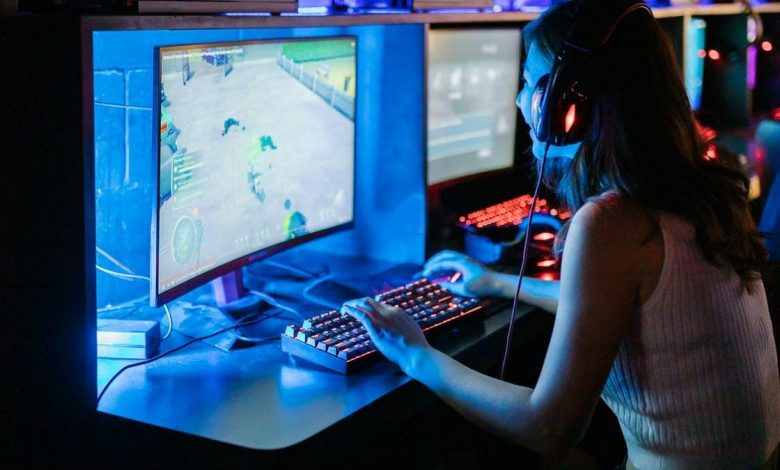Gamification In Learning, Does It Really Work?

In recent years, gamification has become increasingly popular as a way to engage and motivate users. This is because it allows businesses to use game mechanics such as points, badges, levels, and rewards in order to make their products or services more engaging for customers. As the industry grows today, more organizations are using gamification techniques in their marketing strategies by offering incentives such as discounts or exclusive content that can be unlocked through playing games.
Additionally, this trend is also being used in education and training programs where employees can learn new skills while competing against each other for prizes or recognition. The potential of gamification continues to grow with the development of technology which opens up even greater possibilities for businesses looking to increase engagement from their customers.
Yes, the gamification industry will continue to grow and we can all agree with that but with its influences, the educational aspect is more interesting. How can gamification be connected to learning? This is what we will answer in this article. So if you want to get to know more about the benefits of gamification, check the details down below.
Why Can This Combination Work – Gamification And Education
Here we can merge two main associations – fintech and practical learning. Both of them are the world’s favorites. As gamification in learning can be connected to fintech and its usage, then we can also connect it to the biggest industries such as trading, financial services, and others. As you know, financial trading resources are very commonly demanded because learning finances is kind of a trend for today. There are many ways to do that by social media, group work, informal information sharing, and many others. So gamification can become another way of learning this or another field with much more fun.
In general, gamification is a great way to make learning more engaging and enjoyable. It involves using game-like elements such as points, rewards, leaderboards, and achievements in the learning process to motivate students and help them stay focused on their goals. By incorporating gamification into the classroom setting, teachers can create an interactive environment that encourages collaboration between peers while also providing a sense of competition that drives students to work harder.
Additionally, giving out rewards for the successful completion of tasks or activities helps reinforce positive behaviors while motivating learners toward success. Gamification can be used in both physical classrooms as well as online courses making it highly accessible for all types of learners regardless of location or age group.
If we go back to our example, gamification can be used in learning financial trading by providing learners with rewards and incentives for completing tasks or achieving goals related to their understanding of the market. This could include virtual currency, badges, leaderboards, point systems, or other forms of recognition when learners complete activities such as reading articles about investing strategies or taking quizzes on stock market basics. These types of rewards can help motivate and engage learners while they gain knowledge in this complex arena. Additionally, gamified learning experiences can provide a safe space to practice risk management tactics without fear of real-world losses.
So gamification in learning can really work which can give amazing benefits to both sides, teachers as well as students. About benefits, we will talk more about this later.
Gamification Benefits You Need To Know About
Gamification is a great way to motivate and engage people in activities. It can help make learning more fun, improve engagement levels, increase task completion rates, and build loyalty among customers. Additionally, it can be used to drive innovation by encouraging employees to think outside the box.
Gamification also provides real-time feedback that helps users track their progress and stay motivated while completing tasks or challenges. Finally, gamified experiences tend to be highly personalized as they allow for tailored rewards based on individual performance or preferences which further enhances user engagement levels across different demographics of players.
Gamification can be used by individuals in many ways. For example, they can set goals for themselves or compete with others online or on an app. They can also use rewards such as virtual badges or prizes when they reach certain milestones that motivate them to keep going. Additionally, gamification provides feedback that helps people track their progress so that they know what areas need improvement and where their strengths lie. Overall it is an effective tool for improving both experience and individual performance!
Even though it is beneficial, it requires taking into account some aspects for more effectiveness. More specifically, before deciding to use gamification in learning, it is important to consider how well the game fits with the learning objectives, who will be playing the game and if there are any potential risks associated with its use.
Additionally, it is essential to ensure that learners have access to appropriate technology for playing games and that they understand how gaming can help them learn. Finally, you should also evaluate whether or not your learners are motivated by competition or rewards when using gamified approaches in their education.



